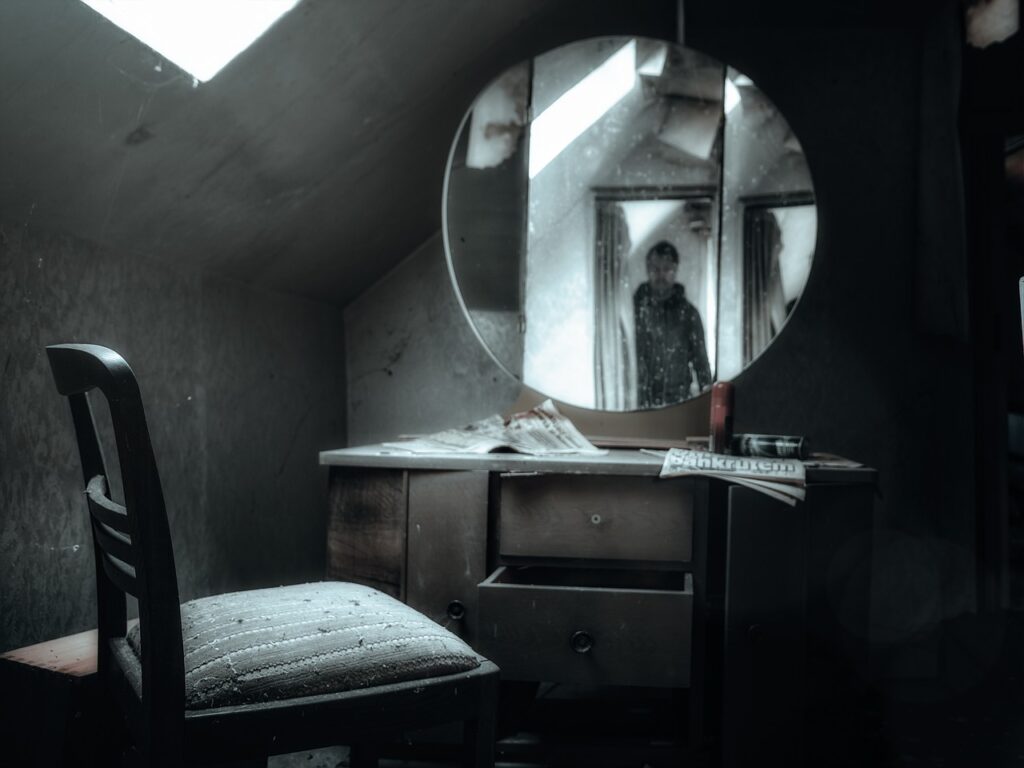The Role of Sound Design in Creating Fear in Horror Movies
Sound shapes the horror movie experience in a big way. While graphic elements like horrible settings and ugly images normally take the stage, the sound design is the one that truly terrifies one and leaves a powerful memory. The power of sound is found in its ability to instantaneously influence our emotions and bypass reason. Mostly depending on this phenomenon, horror films shock viewers, build suspense, and offer unforgettable scares. Amazingly similar concepts of suspense and excitement appear in many forms of entertainment, including the thrill offered by sites like Jet4Bet Casino, where people can get sharp emotions.
The Psychology of Sound: How Our Brains React to Audio Cues
The human brain is set to react to sound in ways intimately related to survival. Low-frequency vibrations or sudden sounds set off the amygdala, the area of the brain in charge of processing anxiety. These sounds set off a natural response that puts us on great alert and causes anxiety. Using this to their advantage, horror films include disturbing auditory cues meant to keep audiences on edge.
Low-frequency sounds, sometimes known as infrasound, are particularly good for causing discomfort. These almost audible vibrations resemble natural warning signals, such as the rumble of an earthquake or the growl of a predator. Silence is also another effective instrument, though. Our brains read silence as a sign that something is about to happen, therefore heightening the suspense. The complex interaction of silences and sounds is what gives horror sound design such psychological power.
The Art of the Jump Scare: Timing and Sound Effects
Jump scares are a pillar of the horror genre, and they depend on sound design to succeed. A well-timed burst of music accentuates the visual shock of a sudden figure showing on screen. This mix shocks the viewers and generates a visceral experience that is difficult to reproduce with images by themselves.
The success of a jump scare comes from its build-up. The viewer is misled into a false sense of security by a peaceful moment broken by faint background sounds. Whether it’s a loud crash, a scream, or a sharp melodic sting, the accompanying sound when the scare at last strikes immediately. Many screamers would fail without this auditory component, underscoring the crucial part sound plays in providing this trademark horror movie moment.
Ambient Noise and Its Power to Unnerve
Using ambient noise to create an unpleasant environment is something horror films shine at. Not intrinsically scary on their own are sounds like creaking floorboards, faint whispering, or the hum of a flickering lamp. But in the framework of a horror situation, they become really terrifying. These subdued sounds give the surroundings more complexity, therefore giving the imaginary world life and authenticity.
The capacity of ambient noise to toy with the imagination of the audience gives it great power. While slight whispers cause viewers to wonder whether they are hearing anything, a creak in an otherwise quiet room points to the existence of something invisible. This use of sound produces a psychological game that pulls the viewers closer to the tension and anxiety of the movie.
Silence as a Weapon: When Less Is More
Silence frequently seems more horrible than sound in horror films. The lack of noise creates a void that drives the audience to pay great attention to every element, therefore increasing their awareness and expectations. Silence lets viewers know something important is going to happen.
When combined with unexpected, loud noises, this approach is especially successful. Silence and noise’s contrast produces a shock that stays strongly with you. Strategic quiet allows directors to control the scene pace, therefore accentuating the tension and increasing the effect of the final fright. Less really is more in horror, as silence turns into one of the most powerful instruments available to a sound designer.
Conclusion
A key but sometimes unappreciated element of horror cinema is sound design. Driven by an unseen power, it envelops viewers in the narrative and magnifies the emotional impact of every scene. This drives dread. Sound impacts our sense of fear from the subdued intensity of ambient sounds to the theatrical flair of jump scares. Pay great attention to what you hear the next time you see a horror film; you may discover that the sounds, more than the images, cause you to fall asleep with the lights on.


